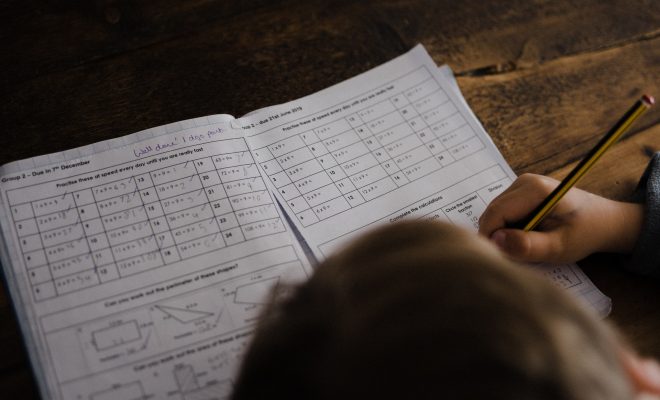How to Implement the Document Analysis Form Teaching Strategy in Your Classroom

Description
Analyzing historical documents requires learners to identify the purpose, message, and audience of the content. Document analysis forms are graphic organizers that assist learners through a process of identifying important background information about a document (e.g., author/creator, date created, place, format, etc.) and using this data to determine the content’s bias or perspective.
Implementation
- Create Your Document Analysis Form: Document analysis forms usually ask learners to record the necessary info, like:
- Author
- Context
- Audience
- The purpose of the document’s creation
- Type of material (photograph, pamphlet, government-issued document, newspaper article, diary entry, etc.)
- Main points expressed in the document
- The general message of the document (What is it trying to say? What perspective does it embody?)
- Significance
- Help Learners Complete a Document Analysis Form: Click on this link to find 19 different document analysis forms that you can distribute to your learners. Learners can work on document analysis forms in their groups. It is often best if learners have to complete their forms, even if they are working in small groups. Showing learners an example of a completed form or modeling how to complete one helps them better understand what accurate, thorough answers look like.
- Learners Share Their Ideas: Completing these forms is just the first step of document analysis. Learners learn much more when they have to explain their ideas and hear other interpretations. After learners have had the opportunity to work with their classmates, they can revise and update the information on their forms. Sharing their analysis can also stimulate exciting discussions about the message and significance of a document.






